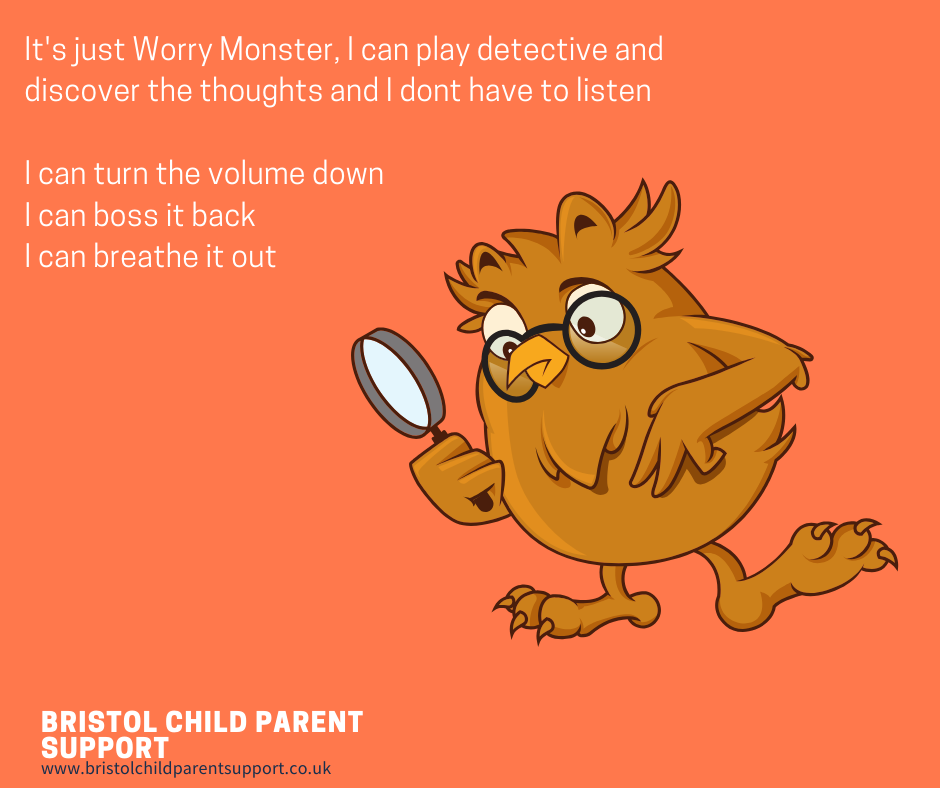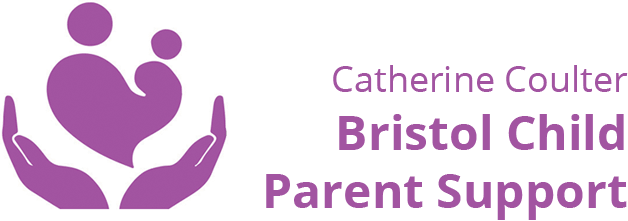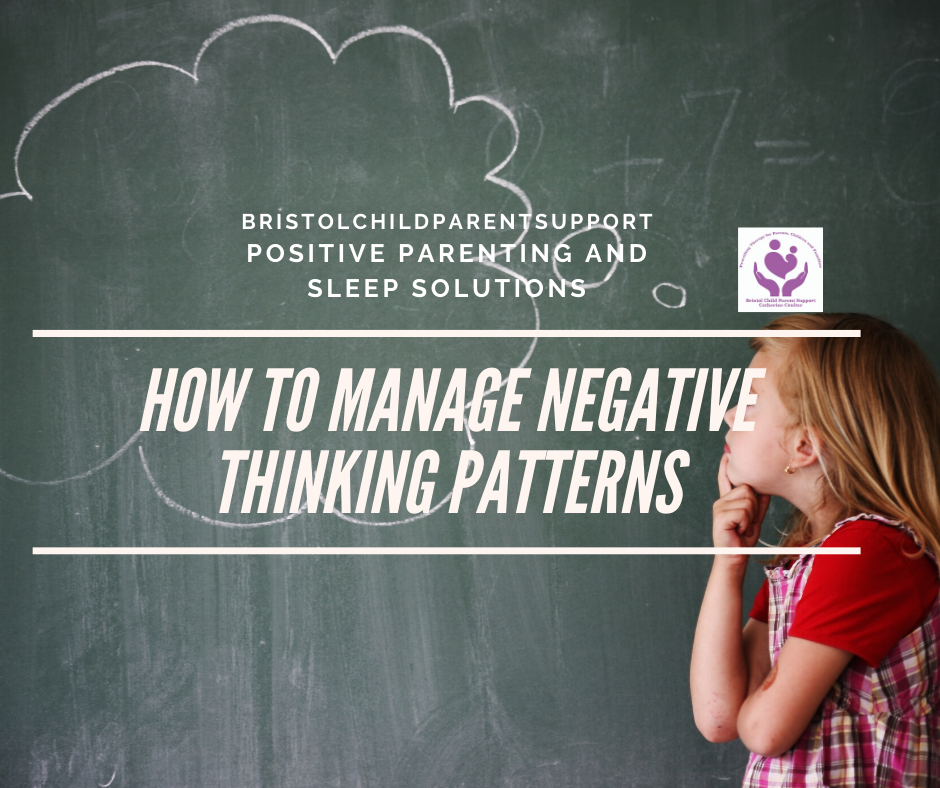We are living in challenging and uncertain times. The long-term impact of COVID-19 is unknown. Above all, children could not engage with school, friends, or activities. Consequently, some children may be significantly down on themselves. Maybe you’ve noticed that your child keeps telling you they don’t want to do anything. Similarly, they may even say they are no good at anything or similarly catastrophise and avoid activity. Furthermore, they perceive it will:
- Go wrong
- Be unsuccessful
- It becomes too distressing for them
Does this sound like your child sometimes? If this is the case, they may suffer from negative thinking patterns.
What are Negative Thinking Patterns?
Often, we call negative thinking patterns ” cognitive distortions”. Sometimes they can be referred to as challenging thoughts and even thinking mistakes or errors. They are often unrealistic but may significantly impact your child’s behaviour, perception, and self-esteem. The thinking can be so entrenched and disabling for your child. Furthermore, this type of cognitive distortion may have escalated during the pandemic.

Most importantly, children who experience these thinking patterns are often anxious and become caught up and flooded in circular thinking traps.
Four Traps.
The psychologist Paul Stallard in his book (A Clinician’s Guide to Think Good-Feel Good: Using CBT with Children and Young People) p121 identifies four traps:
- Negative Glasses– Your child may only see negative things.
2. Positive doesn’t count- your child rubbishes all the good things that occur.

3. Blowing things up to your child can sometimes make negative things more significant than they are.
4. Mind reading or fortune-telling– Your child assumes they know what everyone thinks or knows what will happen.
Everyone, including adults, suffers from cognitive distortions from time to time, and it is normal. Clinicians become concerned when this type of thinking becomes entrenched, creates distress and ultimately affects everyday activities.
Ideas to help you and your child.
If you can help name, label, challenge and transform the “thinking”, This is how CBT often works. It’s helpful for any parent to identify with your patterns of thinking. For example, if your child is suffering from Anxiety, you may worry/catastrophise that they will never get better, and you might be a terrible parent, and it’s all your fault.
Step One
Firstly, talk to and educate your child about Anxiety. Don’t worry; your child will find it reassuring rather than worrying.
Find ways to identify the thoughts; your child must have enough cognitive capacity to be developmentally appropriate. Draw it out, do a mind map, and play being a detective.
It’s beneficial to separate/ externalise the “thinking errors” between you and your child. We are always more than our thoughts; they are not the whole of them or you. Try to praise and encourage the other parts and implement regular focused special playtime to prevent a negative cycle from forming.
You might say, who is that that comes out every time we want to go out?
For younger children, names such as:
- The worry wobbler
- The scariness

Step Two
Please help them to find ways to calm their body as well as their thoughts. Use visualisations, music, storybooks, and coping imagery like the safe place meditation below. Please visit my blog for free anxiety resources ( websites, books etc.).
Step Three
Have clear expectations of what you may want your children to do. It’s good to experiment with them to test their thoughts and see if what they thought would happen comes true.
Following this, please encourage them to challenge and face their fears. This is probably the most challenging aspect for parents. Your child will likely want to avoid the situation. Work together using the ladder of success below. At the top, place your goal and all your child’s steps.
You can download my Ladder of Success BELOW:
In Conclusion.
I hope this helps everyone. I will run an online parenting workshop on Anxiety and other workshops in the Autumn. If you want to be notified or need further support, contact me. You can, in addition, be notified via my newsletter.
Stay safe and well; with love and gratitude, Catherine.
Disclaimer:
The information provided in this blog is intended for information purposes only. Therefore, while every reasonable effort has been made to ensure the accuracy of the information packages, no guarantee can be given that the information is free from error or omission.
The information on my website is NOT a substitute for proper diagnosis, treatment or the provision of advice by an appropriate health professional.



